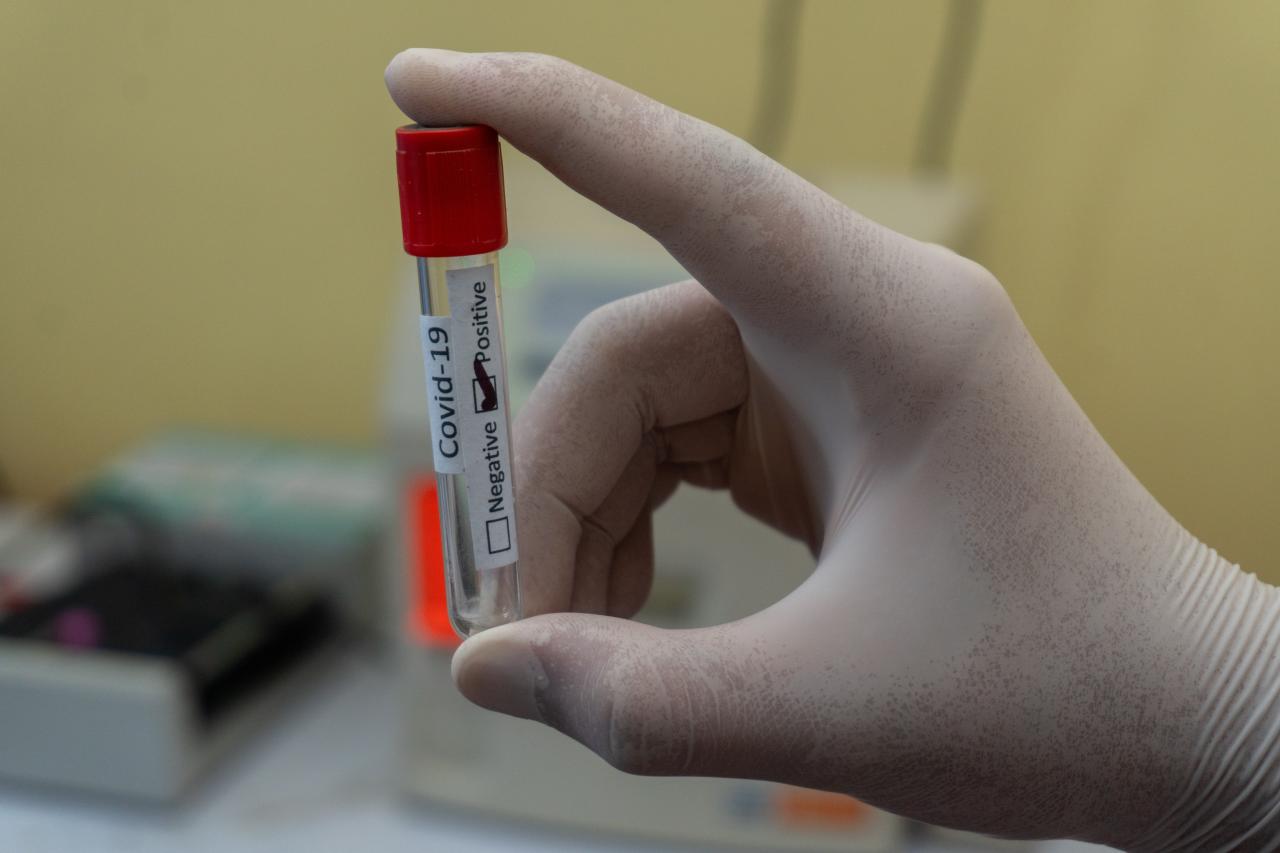What Is A Colonoscopy?
Discover our latest podcast
A colonoscopy is a medical imaging examination that allows exploration and visualization of the colon. It is performed using a probe called a colonoscope that is introduced through the anus and then directed to the intestine.
The colon, also called the large intestine, is the last part of the digestive system, located between the cecum and the rectum. It measures in the adult approximately 1.5 metres long and between 4 and 8 centimetres in diameter. Its main role is to absorb waste, nutrients that have not been digested by the small intestine. It also maintains the water balance (regulation of water) in the body.
Colonoscopy is most often used to detect lesions inside the colon following alarming symptoms (blood in the stool, unexplained abdominal pain, anaemia ...). It is also used in colon cancer screening, especially for people at higher risk.
Preparation For Colonoscopy
An appointment with a doctor a few days before the colonoscopy allows the patient to understand how to prepare. Before being able to carry out a colonoscopy, the colon must be entirely cleaned to facilitate the vision and the passage of the probe. This purging is done with a liquid laxative drinkable the day before the exam. In addition, a diet without fibre is recommended two or three days before the exam. Fruits, green vegetables, fatty foods and dairy products are thus discouraged. In addition, general anaesthesia involves fasting on the day of colonoscopy. If the no-residue diet is not followed by the patient, the colon may not be adequately cleansed. In this case, the colonoscopy must be cancelled and rescheduled at a later date.
How Does The Colonoscopy Work
The duration of the colonoscopy is about half an hour. The patient lies on their side on an operating table with their legs slightly bent. The colonoscope, a flexible tube one centimetre in diameter with a camera and a light source, is inserted into the anus. Air is also blown in to take off the walls. The video is instantly broadcast onto a screen. The large intestine is visualized in its entirety for abnormalities and irregularities in the lining of the colon. If in doubt, the doctor may take samples of tissue or mucosa for analysis. This is called a biopsy.
Risks And Side Effects Of A Colonoscopy
Colonoscopy is a common procedure that usually does not present serious complications. Side effects that can be found quite frequently are mild:
- nausea
- vomiting
- irritation of the rectum
- sometimes blood in the stool the day after colonoscopy
In less than 1% of cases, there may be a perforation of the walls of the intestine and haemorrhage. Cardiac or respiratory problems may also be observed. However, these are extremely rare. A monitoring period is set up after the examination to ensure the absence of complications. Note that the return home after colonoscopy must be performed by a third person as the patient is not able to drive until 12 hours after the examination due to the anaesthesia.















